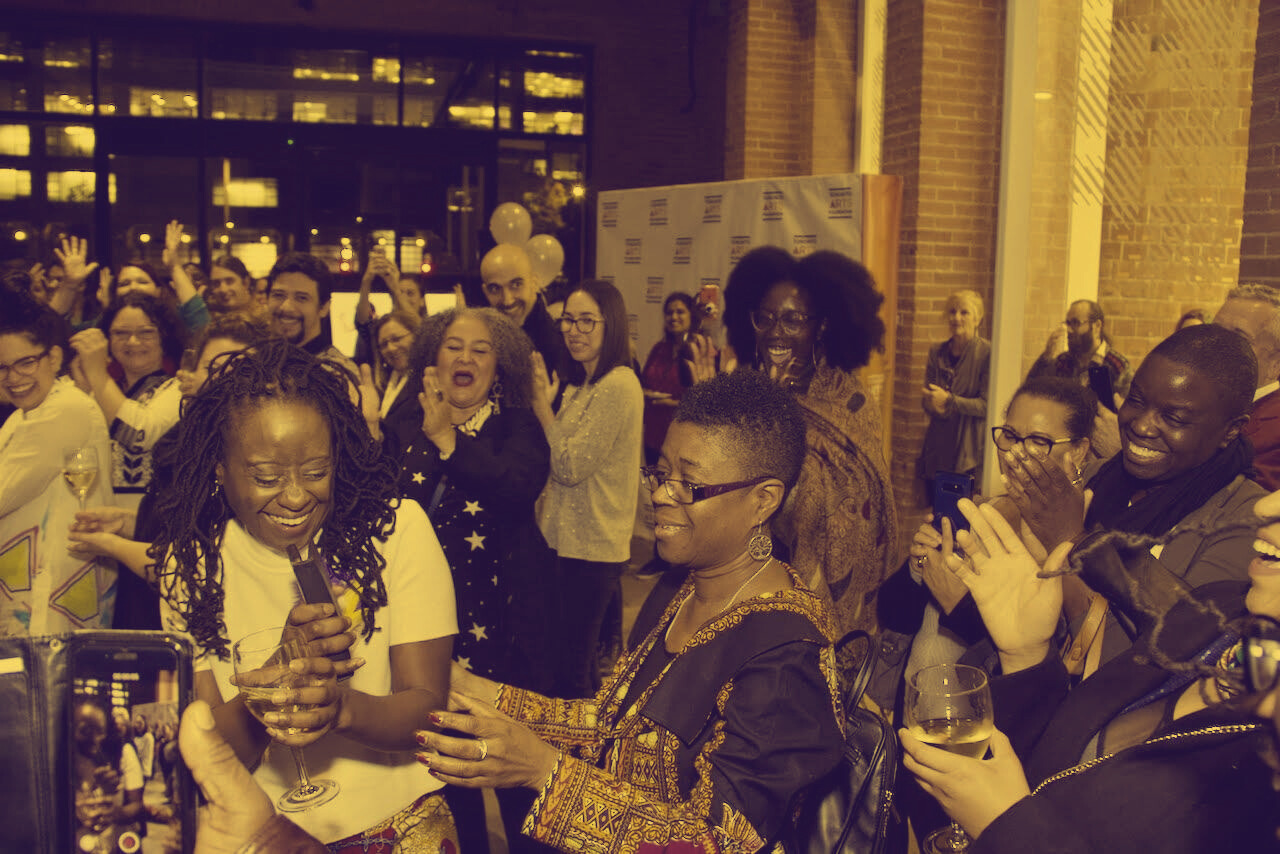
Neighbourhood Arts Network
Building a network of artists
A city-wide network of artists and arts workers
Neighbourhood Arts Network (NAN) is a city-wide network of over 2,000 members that encourages the exchange of ideas, resources and expertise between artists who work in, with and for Toronto’s diverse communities. Free membership for artists and arts organizations includes access to awards, mentorship, professional development and events that focus on building healthy communities through the arts. Through its programming, NAN provides opportunities for artists to develop new relationships, learn from one another and share resources.
Programs and Services
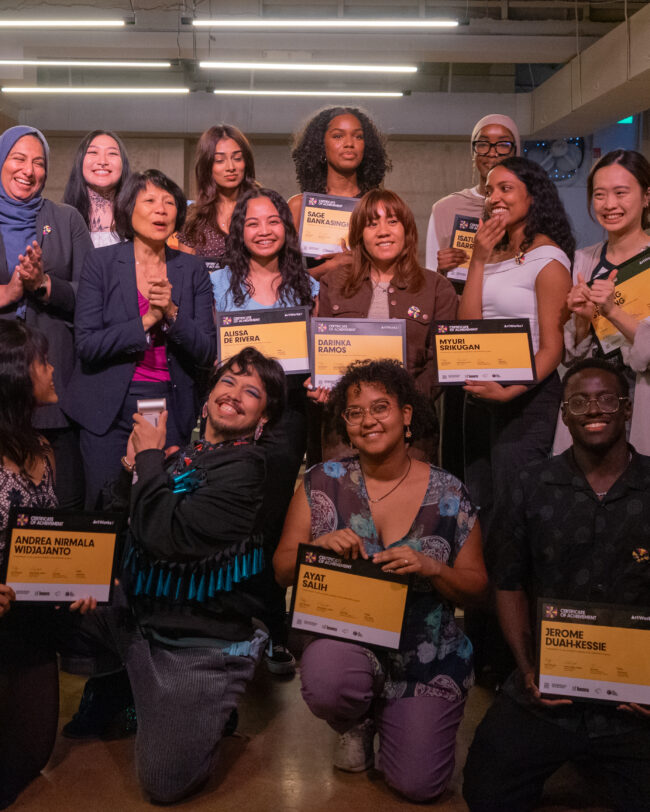
ArtWorksTO: Youth
Workforce development program for youth media artists who are Indigenous, Black and People of Colour
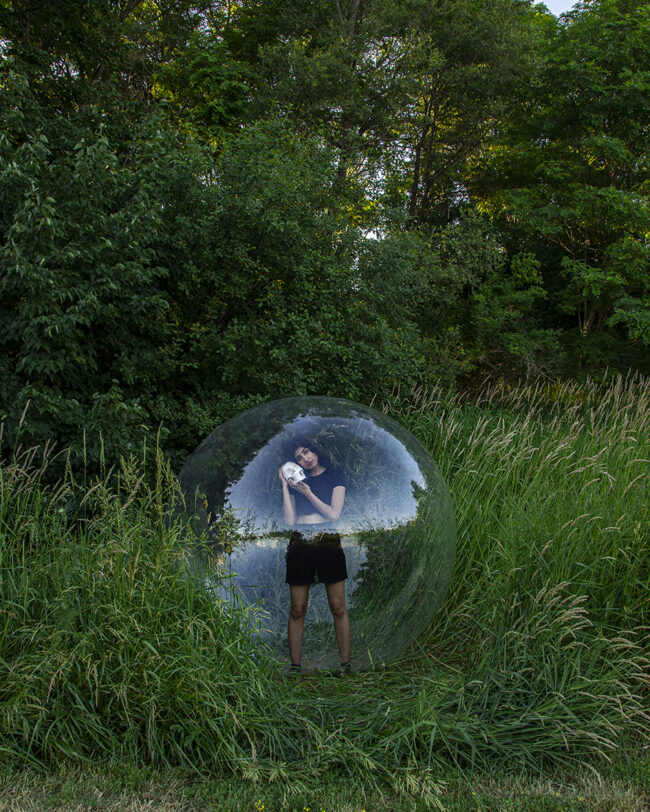
ArtWorksTO: Newcomer
Provides newcomer creatives with training, mentorship, and a $5,000 paid work opportunities in media arts or arts education

Mentor in Residence
Assists artists working in all disciplines by providing mentorship support in career planning, project development and entrepreneurial skills
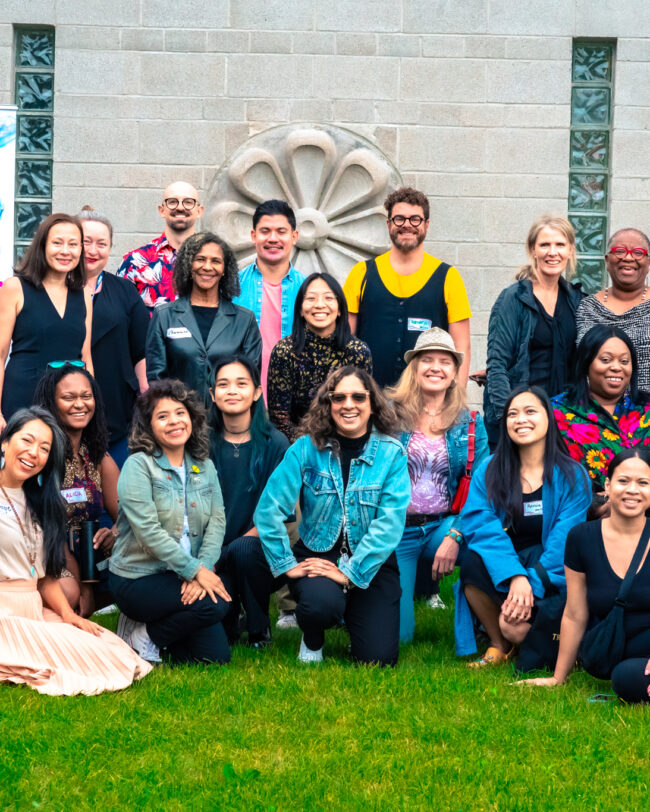
Neighbourhood Arts Network Events
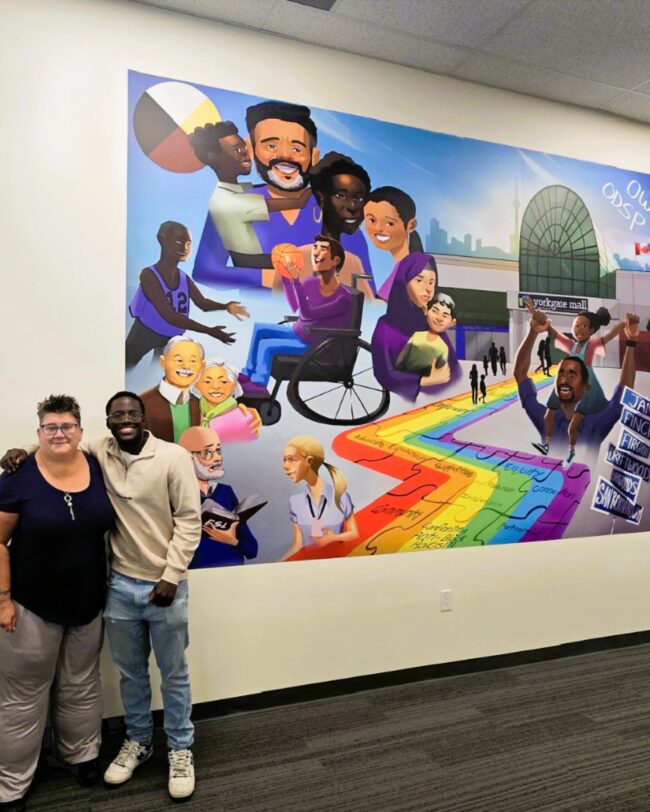
Host a Project. Support Talent. Drive Innovation.
Partner with ArtWorksTO to deliver a fully funded, high-impact creative project that aligns with your organization’s goals—no cost to you.
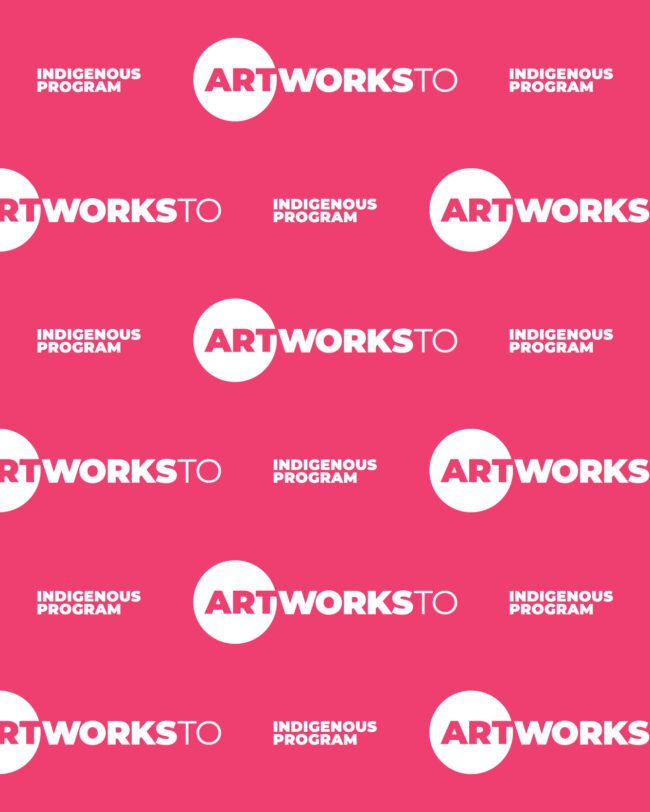
ArtWorksTO: Indigenous Program
The ArtWorksTO Indigenous program offers Indigenous youth media creatives (18-35) opportunities to gain professional experience, develop skills, and build networks in the media arts industry.
Engaging communities and artists
Neighbourhood Arts Network was created by Toronto Arts Foundation in 2010 following a series of community consultations that examined the role the arts play in the revitalization of neighbourhoods, where we learned about the challenges experienced by artists attempting to engage their local communities. The need for a network that connects artists, arts organizations, arts workers, and community agencies throughout the City of Toronto, with a strong focus on community-engaged arts, was evident.
Commitment to equity
Neighbourhood Arts Network has a strong focus on equity; offering awards and professional development opportunities to newcomer artists; supporting those who are committed to equity and community engagement through the arts; leading the next generation of Indigenous, Black and People of Colour and/or 2SLGBTQ+ media artists forward; and convening people throughout the sector to think about and learn about art and social change. With everything it does, NAN enriches Toronto through its leadership and support.
Neighbourhood Arts Network snapshot
- Free membership for Toronto-based artists and arts organizations
- Professional development workshops and networking events
- Monthly newsletter
- Online resources
- Awards for newcomer artists and community engaged artists and organizations
Become a member
Neighbourhood Arts Network Membership is free and members enjoy access to:
- Professional development workshops and networking events
- A variety of online resources including Neighbourhood Arts Monthly Newsletter, training modules and funding opportunities
- Our Vision Awards, which recognize artistic achievement and community impact
- Online profile and free event listings
Free membership for artists and arts organisations includes access to awards, mentorship, professional development and events that focus on building healthy communities through the arts. Please note – the member portal is currently paused.
support
Neighbourhood Arts Network is made possible thanks to the generous contributions of private and corporate sponsors and individuals like you.
If you believe in the importance of learning and networking for Toronto’s artists, please consider making a donation today.